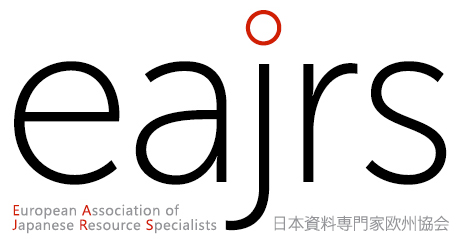Case study: Japanese books restoration (2024)
In a previous presentation I introduced my studio and how I work with damaged Japanese books. I showed different possibilities of treatments and materials that restorers use in the restoration and/or conservation of books. This time, I want to focus my research and my practices on a very specific problem. As is very often the case, we find holes made by insects in our collections of Japanese books. I will present a case study with 6 different possibilities (such as adding fibers manually, adding fibers by machine, by doubling, etc.). All these possibilities will be demonstrated, analyzed and discussed in terms of feasibility in relation to the conservation of books/collections.
